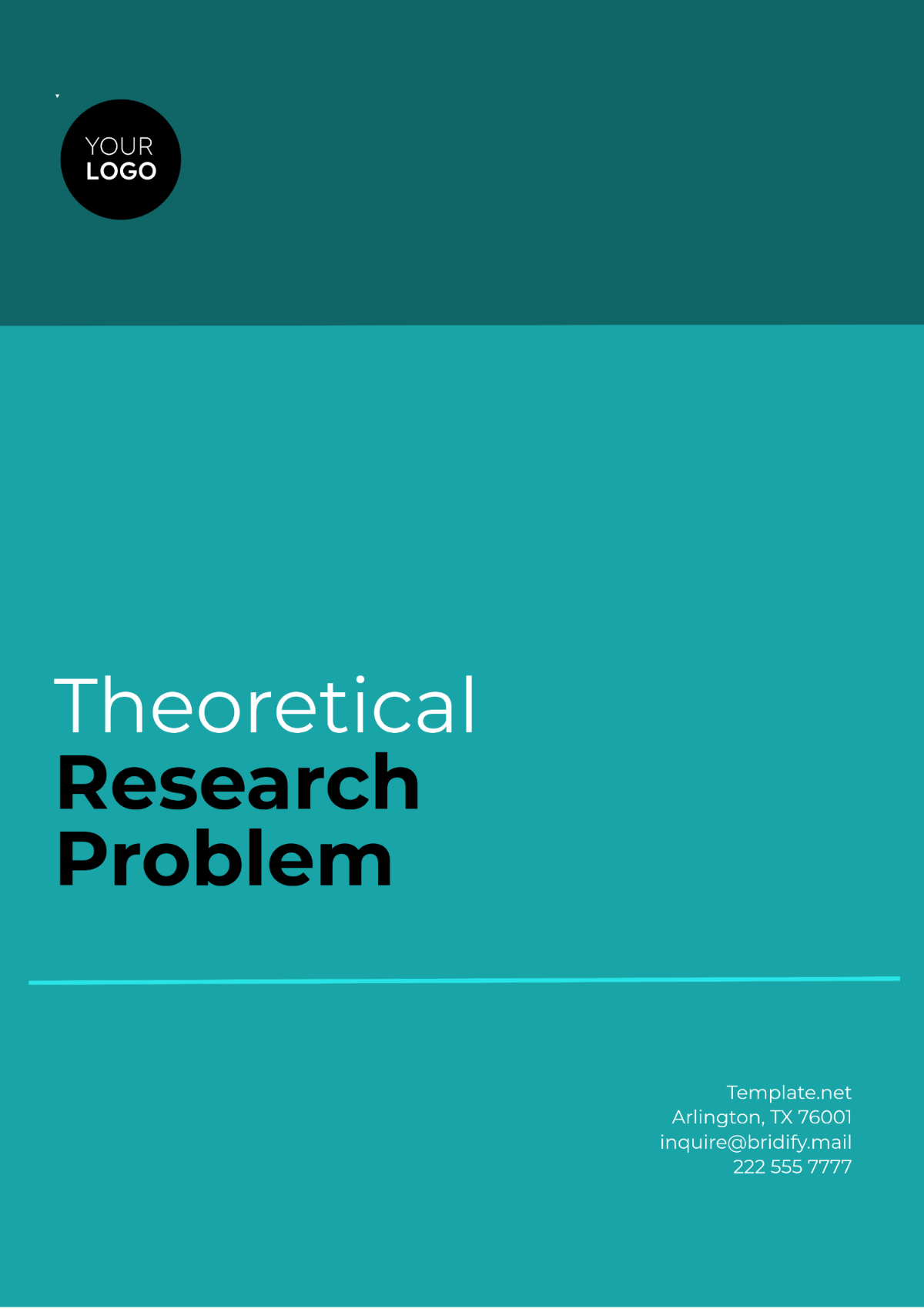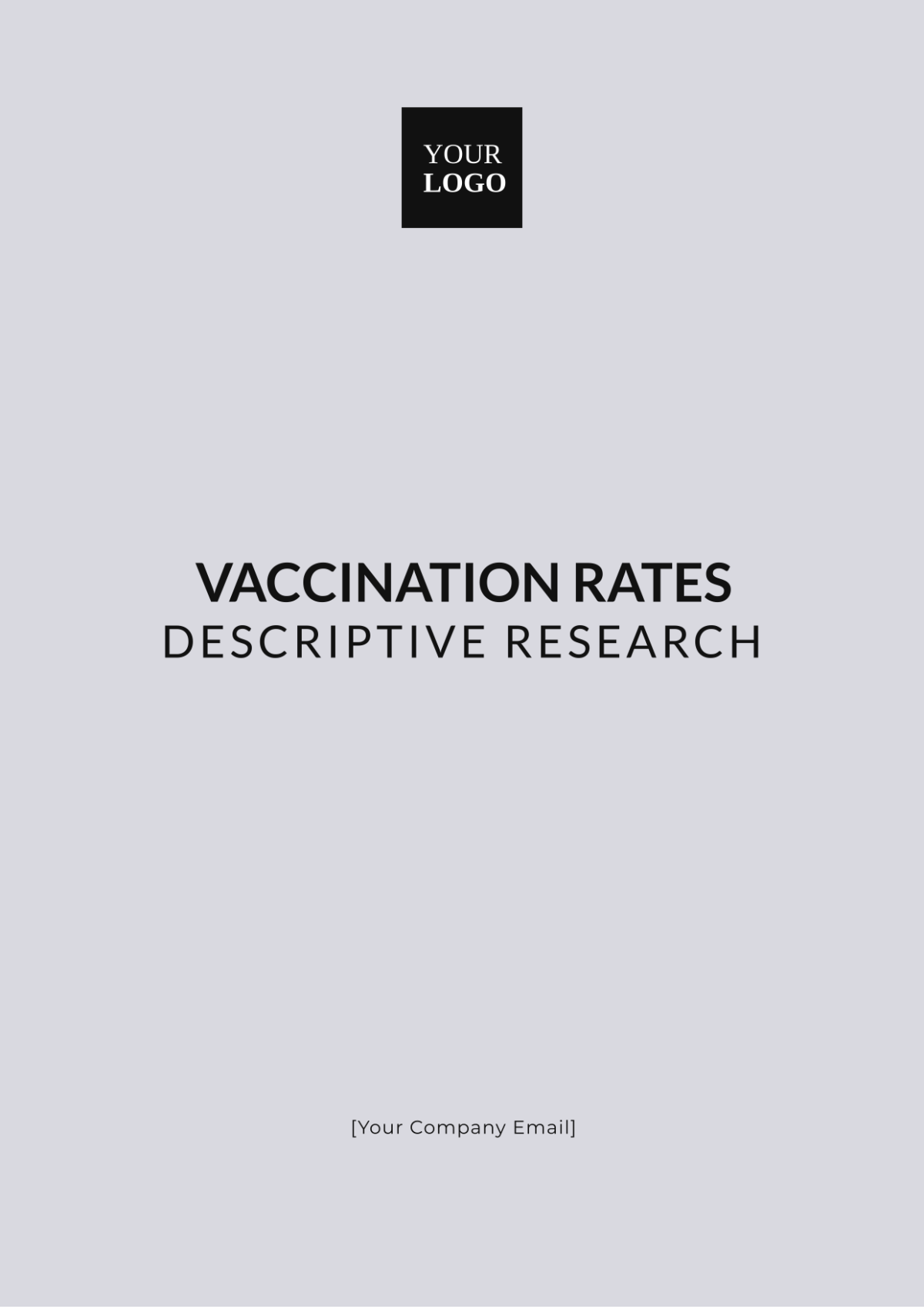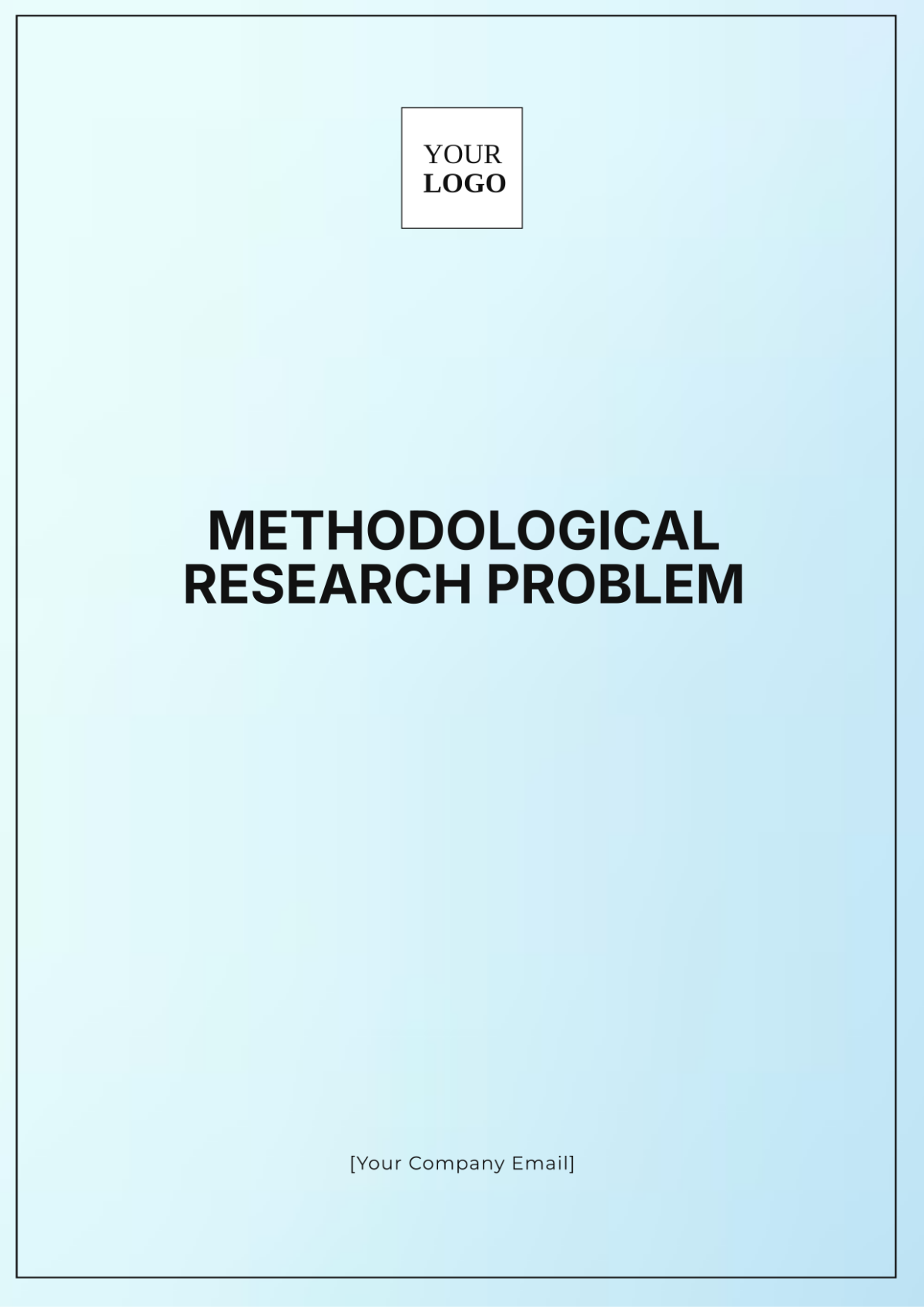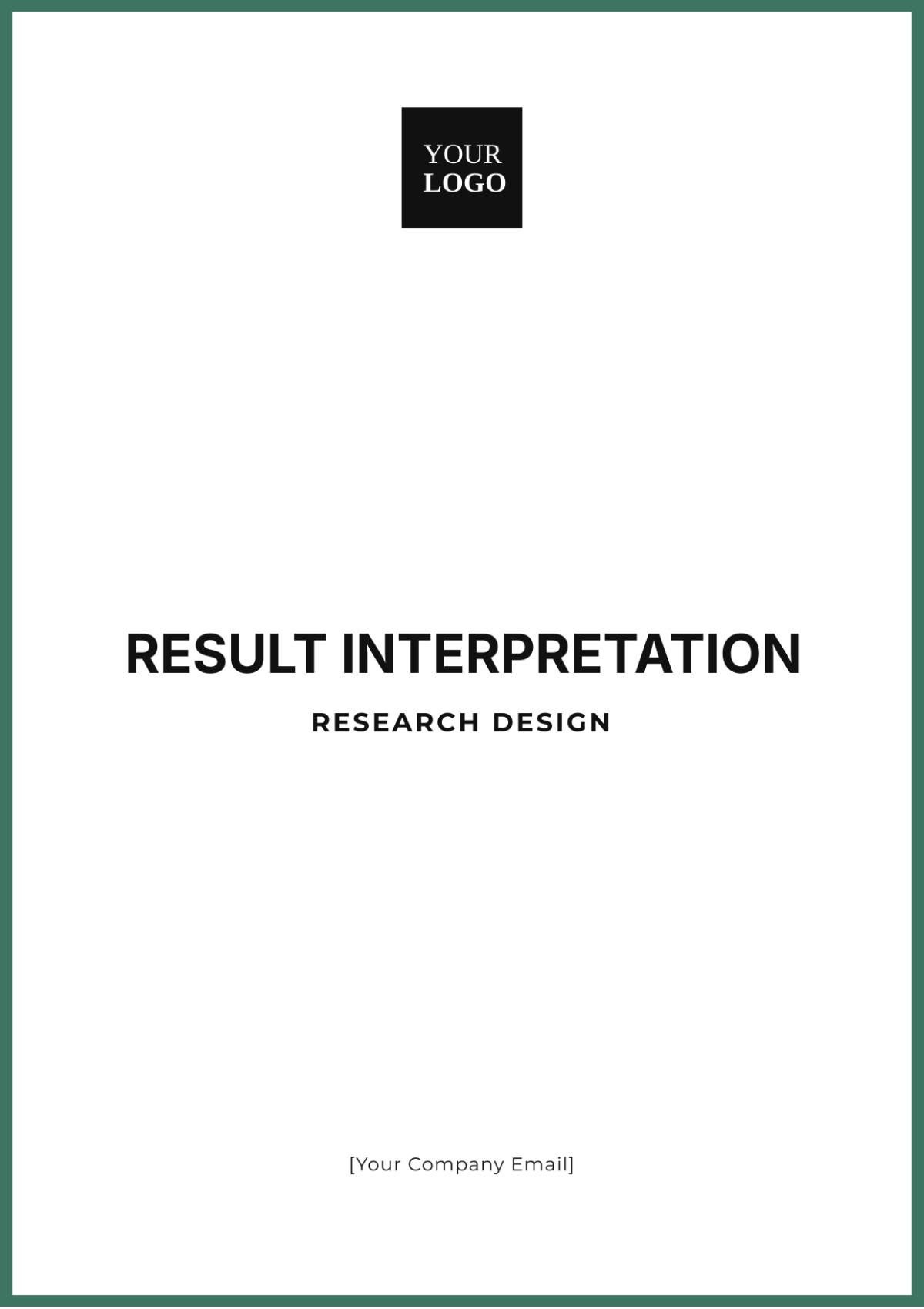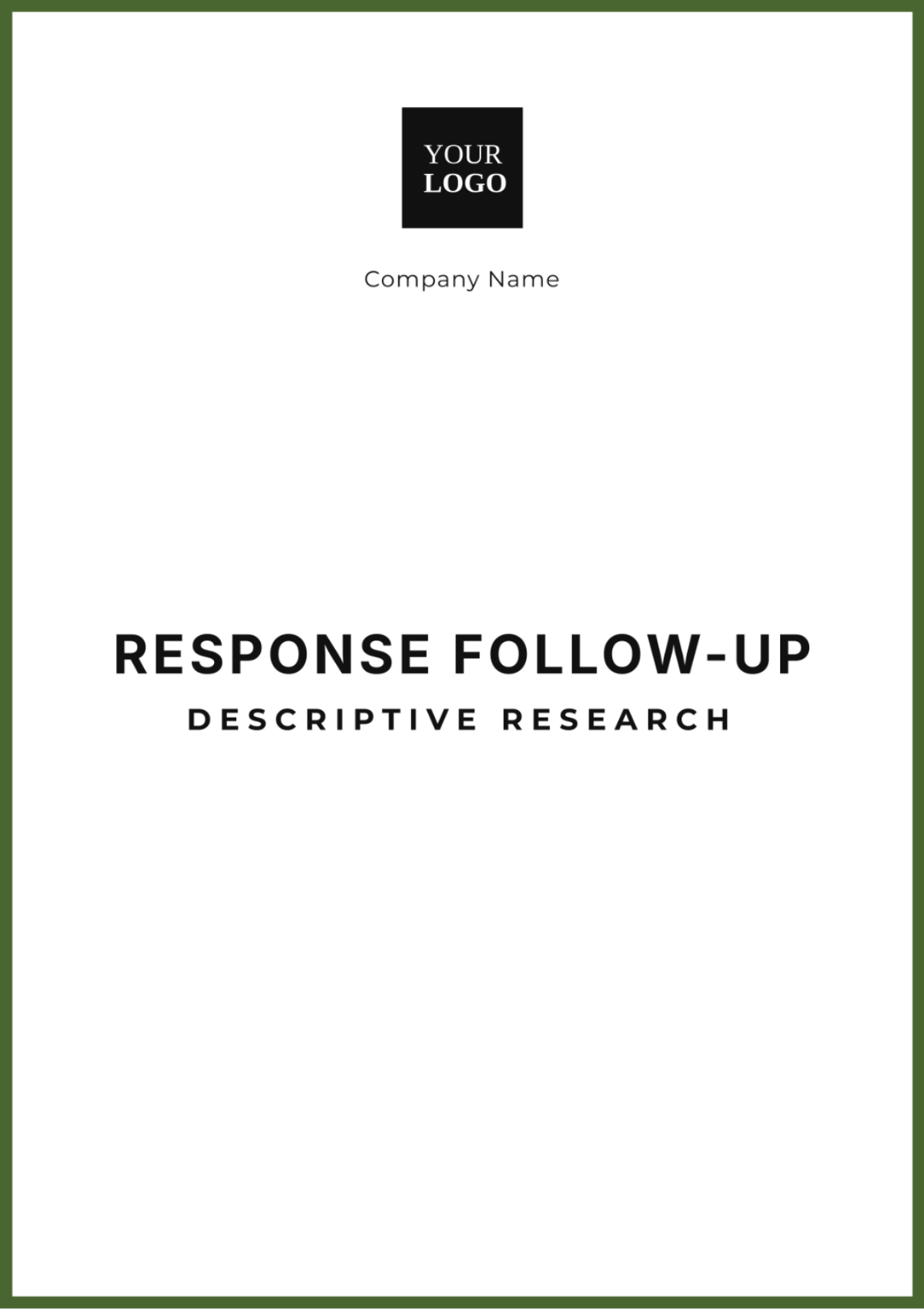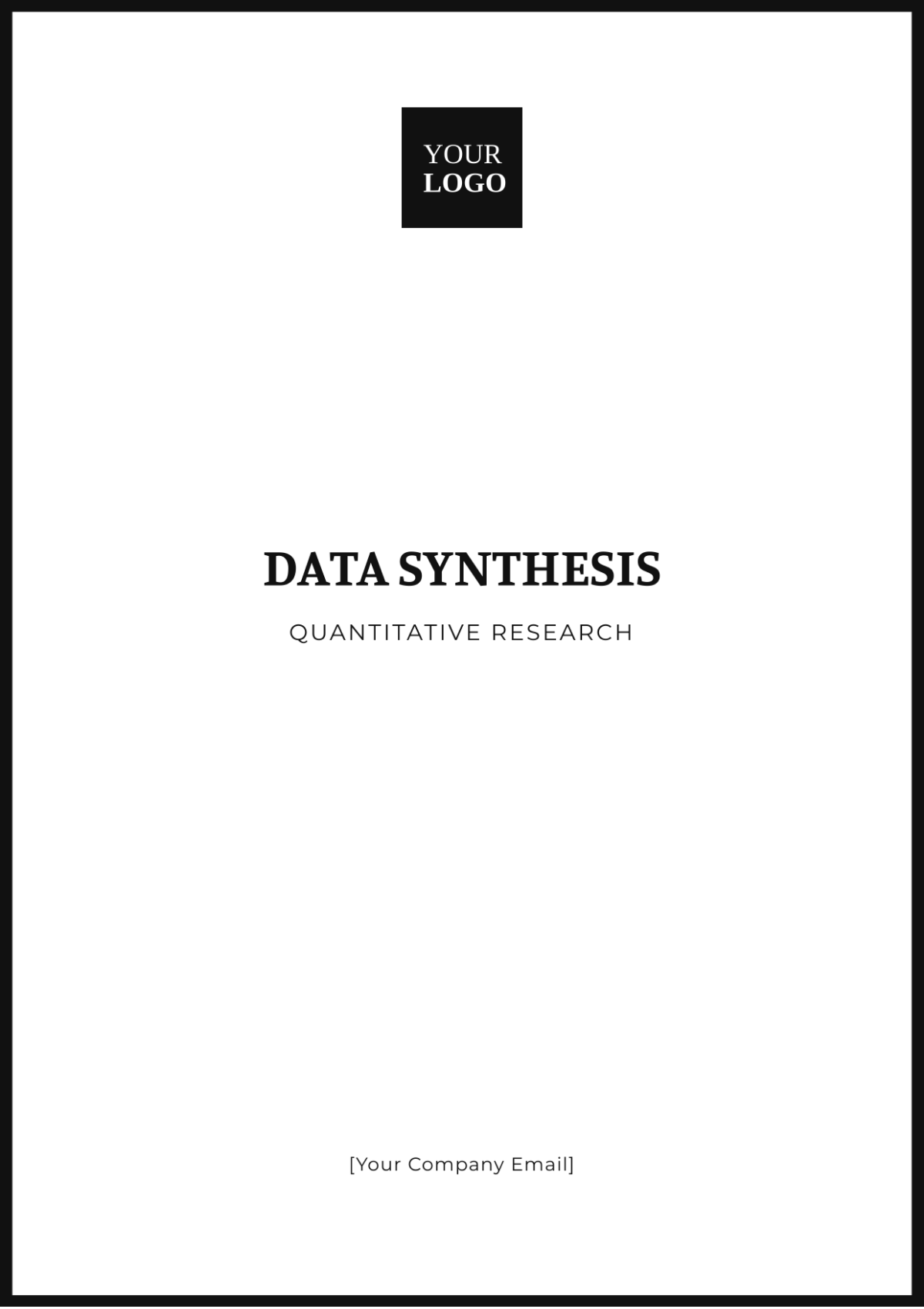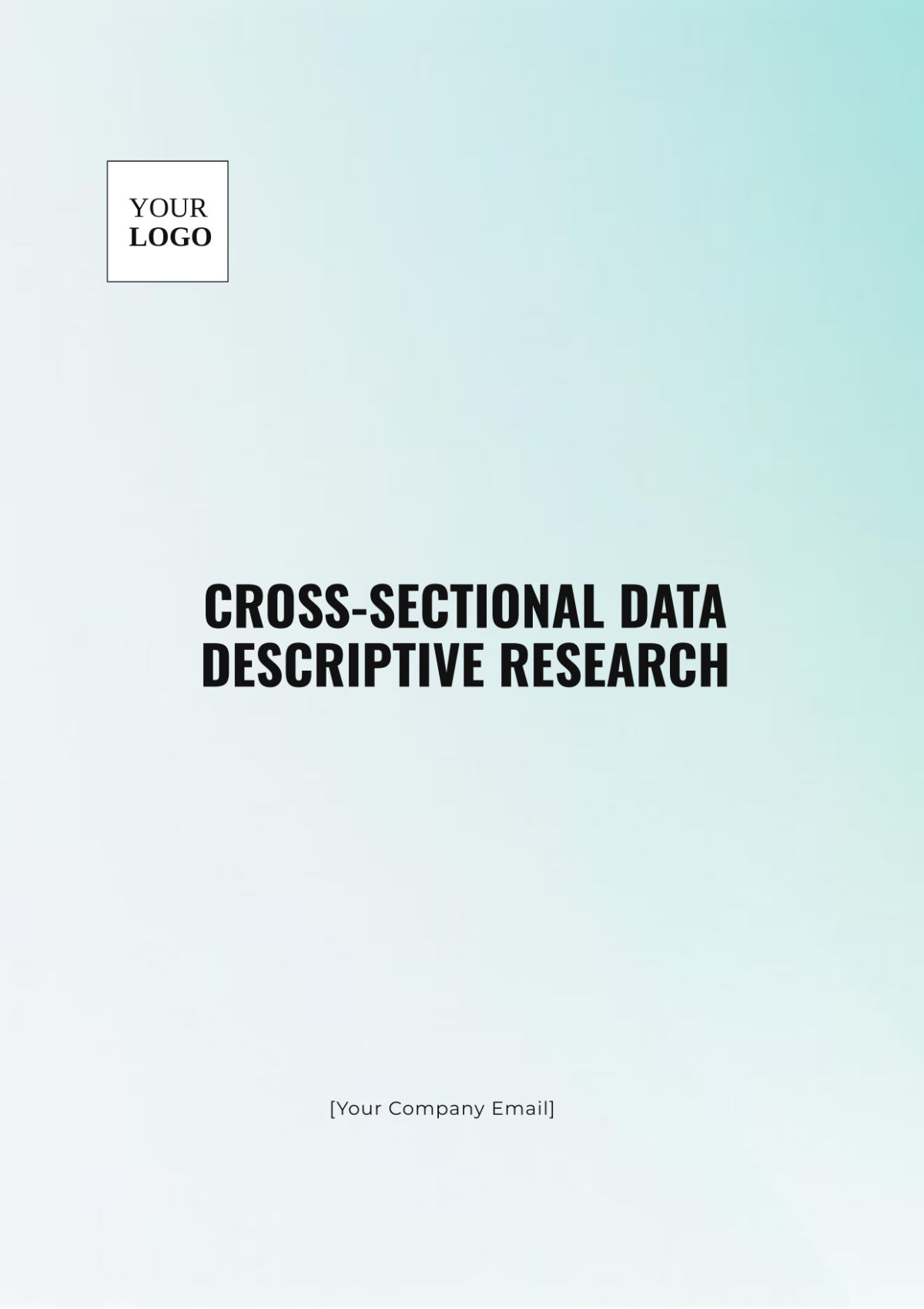Quantitative Research Methodology
Written By: [Your Name]
I. Introduction
Quantitative research is a systematic approach to investigating phenomena through the collection and analysis of numerical data. It focuses on quantifying relationships, behaviors, and other defined variables to uncover patterns, test hypotheses, and make predictions. This methodology employs statistical tools to derive insights and validate theories.
II. Research Design
A well-structured research design is crucial for conducting quantitative research. It dictates the methodology for data collection, analysis, and interpretation. Quantitative research designs can be categorized into several types:
A. Descriptive Research
Purpose: To provide a detailed account of the characteristics or functions of a phenomenon as it naturally occurs.
Techniques: Surveys, case studies, observational studies.
Example: Surveying customer satisfaction levels in a retail store to understand shopping behaviors.
B. Correlational Research
Purpose: To explore the relationships or associations between two or more variables without manipulating them.
Techniques: Correlation coefficients, scatterplots.
Example: Investigating the relationship between study time and exam scores among students.
C. Causal-Comparative Research
Purpose: To identify cause-and-effect relationships by comparing two or more groups based on pre-existing differences.
Techniques: Group comparisons, pre-test/post-test designs.
Example: Comparing academic performance between students who attended a special tutoring program and those who did not.
D. Experimental Research
Purpose: To establish cause-and-effect relationships through controlled manipulation of variables.
Techniques: Randomized controlled trials (RCTs), and field experiments.
Example: Testing the effectiveness of a new teaching method by randomly assigning students to experimental and control groups.
III. Sampling Methods
Selecting an appropriate sample is vital for ensuring the reliability and generalizability of quantitative research findings. Sampling methods are divided into:
A. Probability Sampling
Purpose: To give every member of the population an equal chance of being selected, enhancing generalizability.
Types:
Simple Random Sampling: Every individual has an equal chance of selection.
Stratified Random Sampling: The population is divided into strata, and random samples are taken from each stratum.
Cluster Sampling: The population is divided into clusters, and a random sample of clusters is selected.
Systematic Sampling: Every nth individual is selected from a list of the population.
B. Non-Probability Sampling
Purpose: To select participants based on specific criteria, which may affect generalizability.
Types:
Convenience Sampling: Selecting participants who are easiest to reach.
Quota Sampling: Selecting participants based on predefined quotas for certain characteristics.
Judgmental Sampling: Choosing participants based on the researcher’s judgment.
Snowball Sampling: Participants recruit other participants from their network.
IV. Data Collection Methods
In quantitative research, data collection involves gathering numerical information that can be analyzed statistically. Common methods include:
A. Surveys
Purpose: To collect data from a large number of respondents using structured questionnaires or interviews.
Types: Cross-sectional surveys, longitudinal surveys.
B. Experiments
Purpose: To observe the effects of manipulated variables under controlled conditions.
Types: Laboratory experiments, field experiments.
C. Secondary Data Analysis
Purpose: To analyze existing data collected for other purposes to answer new research questions.
Sources: Government databases, previous research studies, and organizational records.
V. Data Analysis
Data analysis in quantitative research involves applying statistical techniques to interpret numerical data. Key statistical techniques include:
A. Descriptive Statistics
Purpose: To summarize and describe the main features of a dataset.
Measures: Mean, median, mode, standard deviation, range.
B. Inferential Statistics
Purpose: To make predictions or generalizations about a population based on a sample.
Techniques:
t-tests: To compare means between two groups.
ANOVA (Analysis of Variance): To compare means among three or more groups.
Regression Analysis: To examine relationships between dependent and independent variables.
Chi-square tests: To assess relationships between categorical variables.
VI. Validity and Reliability
Ensuring validity and reliability is essential for credible quantitative research results.
A. Validity
Internal Validity: The accuracy of the study's reflection of variable relationships.
External Validity: The generalizability of the findings.
Construct Validity: The test's accuracy in evaluating its intended concept.
Content Validity: The measure's representation of all facets of a construct.
Criterion-related Validity: The extent to which a measure is related to an outcome.
B. Reliability
Test-retest Reliability: The consistency of a measure over time.
Inter-rater Reliability: The consistency of different raters' estimates.
Parallel-forms Reliability: The consistency between different versions of a test.
Internal Consistency Reliability: Test item consistency in measuring a construct.
VII. Ethical Considerations
Ethical considerations are crucial to maintaining the integrity of the research process and protecting participants. Key ethical issues include:
A. Informed Consent
Participants must be fully informed about the nature of the research and consent to participate voluntarily.
B. Confidentiality
Researchers must ensure that participants' data is kept private and used solely for research purposes.
C. Right to Withdraw
Participants have the right to withdraw from the study at any point without facing any negative consequences.
VIII. Reporting and Interpretation of Results
The final stage of quantitative research involves accurately reporting and interpreting the results:
A. Presenting Descriptive Statistics
Summarize key data features through charts, graphs, and tables.
B. Reporting Test Results
Provide detailed results of statistical tests conducted, including significance levels.
C. Interpreting Findings
Relate findings to the research questions or hypotheses, discussing implications and relevance.
D. Discussing Implications
Address the practical implications of the findings and their contribution to the field.
E. Making Recommendations
Suggest directions for future research based on the study’s findings.
IX. Conclusion
Quantitative research methodology offers a structured and rigorous approach to understanding phenomena through numerical data. By carefully designing research protocols, employing appropriate sampling methods, applying robust data collection and analysis techniques, and adhering to ethical standards, researchers can produce reliable and insightful findings that contribute to the broader field of study.





